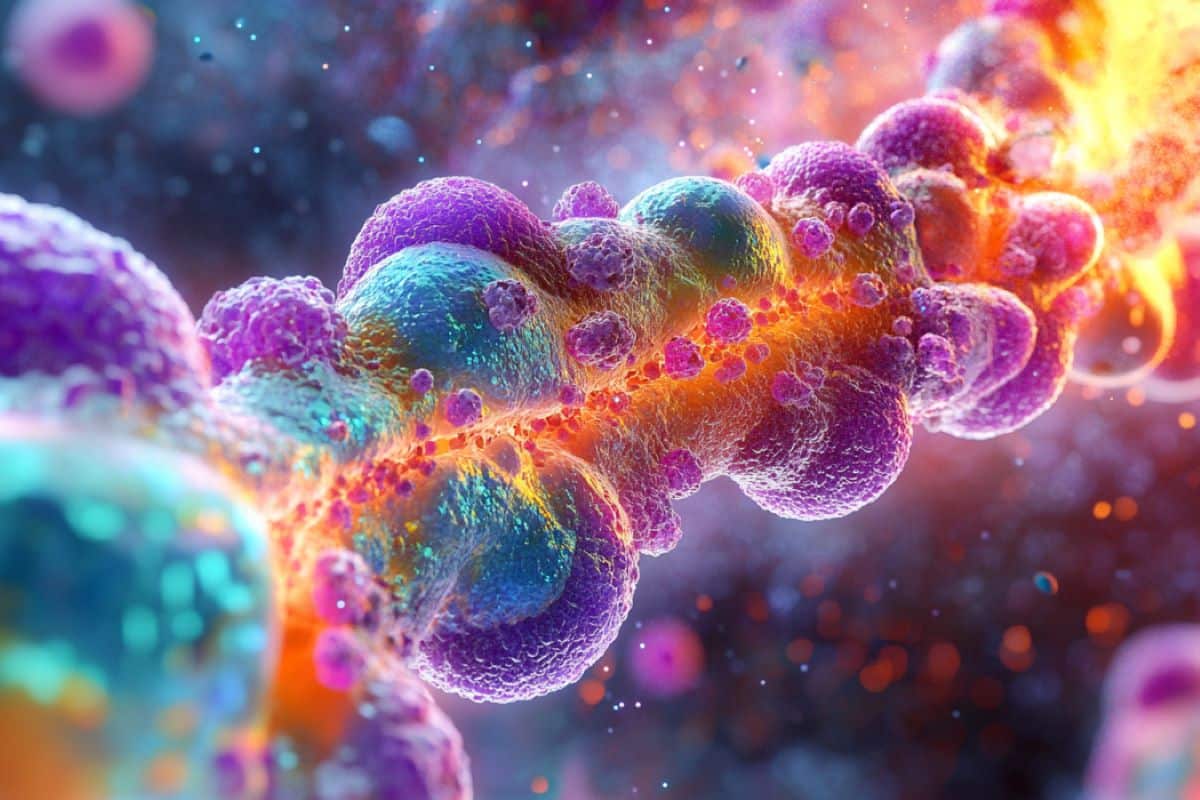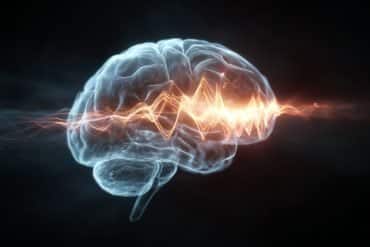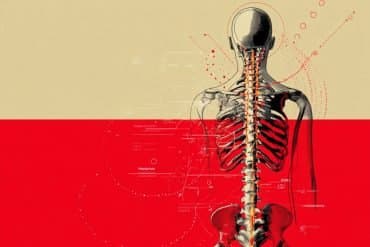Summary: Scientists have uncovered a new pathway regulating cell death, or ferroptosis, which could pave the way for innovative cancer treatments. By examining how oxidative stress damages lipid membranes, the team found that the proteasome recycling system becomes clogged, accelerating cell destruction.
Importantly, they identified an enzyme, DDI2, that helps clear these blockages and could be therapeutically targeted. This discovery sheds light on how ferroptosis can be controlled, potentially allowing for selective targeting of cancer cells while sparing healthy cells. The research opens avenues for both new cancer treatments and ways to protect cells from death due to disease.
Key Facts:
- Ferroptosis is a form of programmed cell death triggered by oxidative lipid damage.
- The enzyme DDI2 aids in protecting cells by unclogging the proteasome recycling system.
- Targeting DDI2 could provide therapies that selectively influence cancer cell death.
Source: LMU
Programmed cell death protects the body against cancer and other diseases. A team of researchers led by Professor Alexander Bartelt from the Institute for Cardiovascular Prevention (IPEK) has decoded a new mechanism by which oxidative stress influences cell death.
The researchers hope this discovery will lead to novel approaches for targeting cancer cells and other diseases. Their findings were recently published in the journal Cell Death & Differentiation.

When the lipids in the plasma are attacked, it is referred to as ferroptosis. In a chain reaction, the lipid molecules that make up the membrane are being destroyed and the cell literally dissolves.
“Ferroptosis is a recently discovered form of cell death and we’re searching for ways to control the process,” says Bartelt.
The team concentrated on the proteasome, which functions as a sort of recycling bin for the cell. Through the operations of the proteasome, old or damaged proteins are broken down and made available to the cell again.
Using state-of-the-art methods of mass spectrometry, the team investigated whether the recycling of proteins is disrupted during ferroptosis. In this way, the researchers found that the proteasome is effectively clogged up, accelerating cell death. At the same time, they identified the enzyme DDI2, which cranks up the recycling again and protects against cell death.
“DDI2 is a protease – a type of enzyme it’s possible to therapeutically influence,” says Anahita Ofoghi, who carried out the study.
The findings point to a new way of manipulating cell death. This could be relevant not only for new cancer therapies, but also indicates how we might be able to protect healthy cells against death.
“We’ve contributed a small piece to the fascinating puzzle of ferroptosis,” says Bartelt.
The authors now hope to exploit this molecular mechanism for therapies.
About this ferroptosis and brain cancer research news
Author: Constanze Drewlo
Source: LMU
Contact: Constanze Drewlo – LMU
Image: The image is credited to Neuroscience News
Original Research: Open access.
“Activating the NFE2L1-ubiquitin-proteasome system by DDI2 protects from ferroptosis” by Alexander Bartelt et al. Cell Death and Differentiation
Abstract
Activating the NFE2L1-ubiquitin-proteasome system by DDI2 protects from ferroptosis
Ferroptosis is an iron-dependent, non-apoptotic form of cell death initiated by oxidative stress and lipid peroxidation.
Recent evidence has linked ferroptosis to the action of the transcription factor Nuclear factor erythroid-2 derived,-like-1 (NFE2L1). NFE2L1 regulates proteasome abundance in an adaptive fashion, maintaining protein quality control to secure cellular homeostasis, but the regulation of NFE2L1 during ferroptosis and the role of the ubiquitin-proteasome system (UPS) herein are still unclear.
In the present study, using an unbiased proteomic approach charting the specific ubiquitylation sites, we show that induction of ferroptosis leads to recalibration of the UPS. RSL3-induced ferroptosis inhibits proteasome activity and leads to global hyperubiquitylation, which is linked to NFE2L1 activation. As NFE2L1 resides in the endoplasmic reticulum tethered to the membrane, it undergoes complex posttranslational modification steps to become active and induce the expression of proteasome subunit genes.
We show that proteolytic cleavage of NFE2L1 by the aspartyl protease DNA-damage inducible 1 homolog 2 (DDI2) is a critical step for the ferroptosis-induced feed-back loop of proteasome function. Cells lacking DDI2 cannot activate NFE2L1 in response to RSL3 and show global hyperubiquitylation.
Genetic or chemical induction of ferroptosis in cells with a disrupted DDI2-NFE2L1 pathway diminishes proteasomal activity and promotes cell death. Also, treating cells with the clinical drug nelfinavir, which inhibits DDI2, sensitized cells to ferroptosis. In conclusion, our results provide new insight into the importance of the UPS in ferroptosis and highlight the role of the DDI2-NFE2L1 as a potential therapeutic target.
Manipulating DDI2-NFE2L1 activity through chemical inhibition might help sensitizing cells to ferroptosis, thus enhancing existing cancer therapies.






